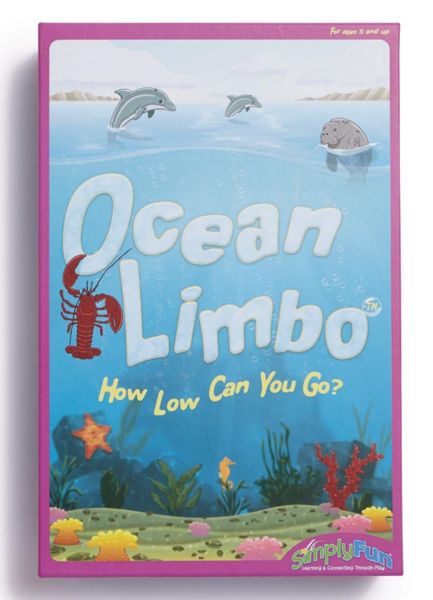Ocean Limbo (2011) Board Game
Ocean Limbo is a dexterity game that was released in 2011 by designer Corné van Moorsel and published by Cwali. It is a fun and fast-paced game that is suitable for players of all ages, making it a great choice for family game nights or casual gatherings with friends.
Game Components of Ocean Limbo
How To Setup Ocean Limbo
Gameplay Mechanics and Game Objective
In Ocean Limbo, players take turns rolling the die and moving their pawns along the board. The objective of the game is to be the first player to successfully navigate through the obstacles and reach the finish line. Players must use their dexterity skills to carefully maneuver their pawns and avoid falling off the board.
Player Experience
#
Pros:
#
Cons:
Personal Thoughts on Ocean Limbo
Ocean Limbo is a fun and lighthearted game that is perfect for casual gaming sessions with friends and family. The game’s simple rules and quick gameplay make it accessible to players of all skill levels, making it a great choice for social gatherings or game nights. However, the game’s lack of depth and strategic complexity may leave some players wanting more after a few rounds. Overall, Ocean Limbo is a great choice for players looking for a light and entertaining dexterity game, but those seeking a more challenging experience may want to explore other options.
Game Components of Ocean Limbo
How To Setup Ocean Limbo
To set up Ocean Limbo, players start by placing the game board in the middle of the playing area. The sea creature tokens are distributed randomly or according to the instructions. The limbo bar is positioned at a starting height. Players take turns, and the setup is relatively straightforward, allowing children to quickly understand and begin the game.
Gameplay Mechanics and Game Objective
Player Experience
Ocean Limbo offers a fun and interactive way for children to learn about spatial reasoning and basic physics. The game is simple enough for young players to understand but challenging enough to keep them engaged. The limbo mechanism adds an element of excitement and unpredictability, making each turn a new challenge.
Pros
Cons
Personal Thoughts on Ocean Limbo
Ocean Limbo is an excellent choice for parents or educators looking to introduce young children to basic scientific concepts through play. It is particularly suited for children who enjoy interactive games and are beginning to develop their spatial reasoning skills. The game’s simplicity and educational value make it a great addition to any family game collection or classroom. However, it may not be the best fit for older children or those seeking more complex gameplay mechanics.
We are supported by our audience. When you purchase through links on our site, we may earn an affiliate commission, at no extra cost for you. Learn more.

